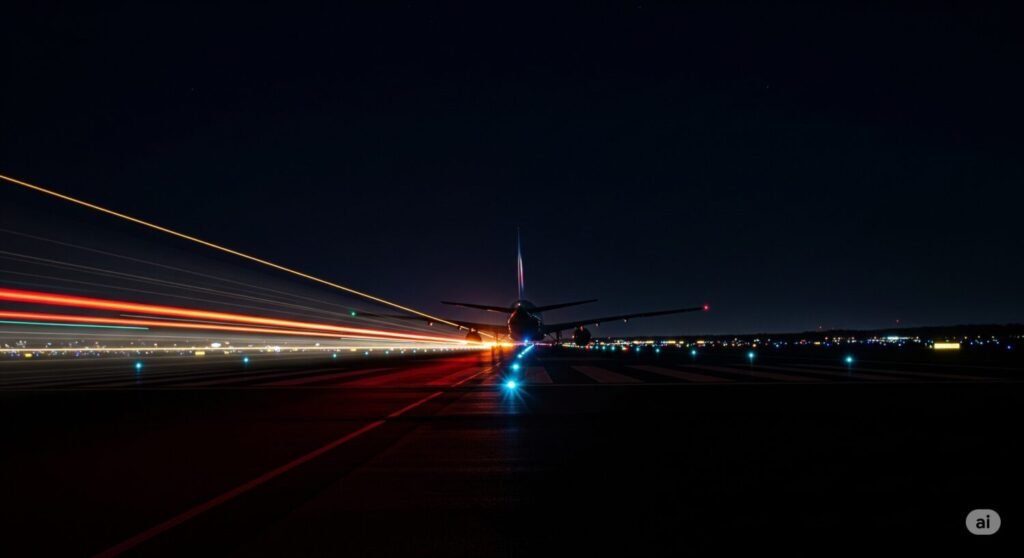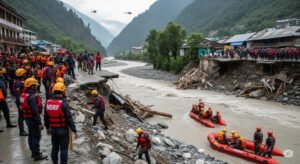Plane crashes are truly devastating events, leaving a trail of questions and a profound impact. While preliminary reports often emerge swiftly, providing initial insights, it’s crucial to understand that these early findings are rarely the full picture. Indeed, a former head of India’s Aircraft Accident Investigation Bureau (AAIB), Group Captain Aurobindo Handa (retd), with extensive experience in over 100 such probes, highlights a significant reality: initial and final crash reports frequently diverge. This difference underscores the rigorous and often lengthy process required to uncover the complete truth behind an aviation tragedy. Therefore, relying solely on early conclusions can be misleading.
The Complexities of Investigation
Investigating an air disaster is an exceptionally intricate task, demanding meticulous attention to detail. Consider, for instance, the tragic Ahmedabad crash of an Air India Dreamliner, which occurred just moments after takeoff. This particular investigation presents unique challenges because most of the aircraft was severely charred. Such extensive damage makes the recovery and analysis of evidence significantly more difficult. Furthermore, with 241 lives lost on board and at least 20 on the ground, the stakes are incredibly high, compelling investigators to be extra thorough.
Preliminary Findings vs. Final Conclusions
The initial probe into the Ahmedabad crash revealed some alarming facts: both engines reportedly shut down mid-air, and crucial fuel cutoff switches moved to the ‘CUTOFF’ position. A chilling cockpit voice recording even captured one pilot questioning, “Why did you cut off?” with the other denying the action. However, Group Captain Handa strongly cautions against premature judgments. He emphasizes that preliminary reports contain only factual observations and are, by no means, conclusive. Often, the complete investigation uncovers nuances and additional factors that significantly alter the initial understanding. Hence, patience is paramount in these complex scenarios.
The Rigorous Path to Truth
Investigators employ a methodical approach, utilizing a process of elimination to meticulously check every system’s functionality and simulate all conceivable scenarios. This thoroughness is vital, especially when compared to incidents with less severe damage, such as the 2020 Kozhikode accident, where the clearer state of the aircraft aided investigators. Additionally, while the black box data is paramount, modern investigative capabilities often mean that this crucial information does not always need to be sent to the manufacturer for extraction; all necessary data is typically available to local investigators. The final report, a long-drawn process guided by the International Civil Aviation Organisation (ICAO) manual, is expected to take considerable time. Although the AAIB will strive to expedite the Ahmedabad crash report, the exact timeline remains uncertain, contingent upon how evidence unfolds. Ultimately, this detailed process ensures that every angle is explored, leading to a comprehensive understanding that helps prevent future tragedies.
SEO Optimized Title: Uncovering Truth: Why Plane Crash Reports Evolve
Meta Description: Explore why initial plane crash reports often differ from final findings. Understand the complexities of aviation accident investigations.
Image Suggestion: A visually compelling image showing blurred lights on an airport runway at night, with a silhouette of a large aircraft in the background, conveying a sense of mystery and the aftermath of an event, but without showing specific damage or people. The focus should be on the abstract sense of an aviation incident.









